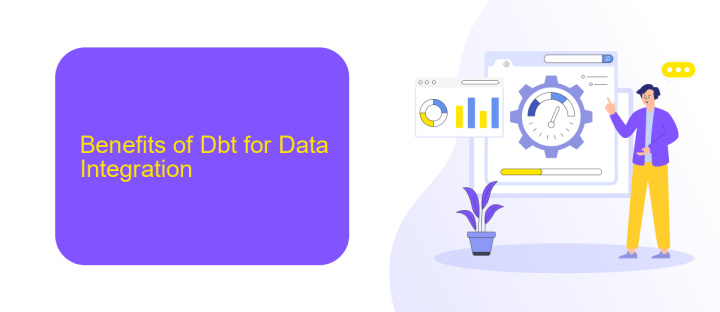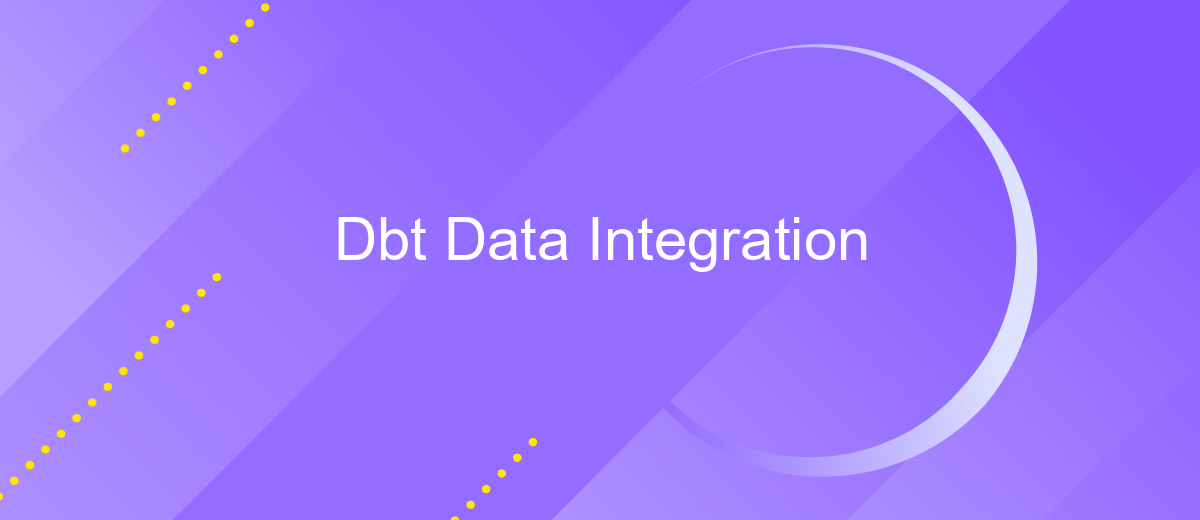Dbt Data Integration
DBT (Data Build Tool) has revolutionized the landscape of data integration by providing a robust framework for transforming raw data into actionable insights. This open-source tool enables data teams to collaborate seamlessly, ensuring data quality and consistency across various pipelines. In this article, we will explore the core features of DBT and how it simplifies the complexities of data integration.
Introduction
Dbt (Data Build Tool) is revolutionizing the way data teams manage and transform their data. As an open-source command-line tool, Dbt enables analysts and engineers to transform data in their warehouse more effectively, ensuring data accuracy and consistency. By focusing on SQL-based transformations, Dbt allows users to create modular, reusable data models that can be easily maintained and scaled.
- Simplifies data transformation processes
- Promotes collaboration and version control
- Ensures data quality and consistency
- Supports modular and reusable data models
Integrating Dbt with other data tools can further enhance its capabilities. For instance, using a service like ApiX-Drive can streamline the integration process, allowing seamless data flow between various platforms and Dbt. This not only saves time but also reduces the complexity of managing multiple data sources, ensuring a more efficient and reliable data pipeline.
Benefits of Dbt for Data Integration

Dbt (Data Build Tool) offers a transformative approach to data integration by enabling data teams to manage transformations directly within their data warehouse. This significantly reduces the complexity of data pipelines, allowing for more streamlined and efficient workflows. By leveraging SQL for data transformations, Dbt empowers analysts and engineers to collaborate effectively, ensuring that data is clean, reliable, and ready for analysis. The tool's ability to version control, test, and document data transformations further enhances data quality and governance, making it an indispensable asset for modern data integration.
Additionally, Dbt's compatibility with various data warehouses and its open-source nature make it highly adaptable to different organizational needs. For teams looking to integrate multiple data sources seamlessly, services like ApiX-Drive can complement Dbt by automating data transfer and synchronization. ApiX-Drive simplifies the process of connecting diverse applications and databases, ensuring that data flows smoothly into the Dbt environment. This combination of Dbt and ApiX-Drive creates a robust framework for efficient, scalable, and reliable data integration, ultimately driving better business insights and decisions.
Technical Overview of Dbt Data Integration

Dbt (Data Build Tool) is a powerful transformation tool that enables data analysts and engineers to transform data in their warehouse more effectively. It allows users to write modular SQL queries, test data, and document datasets, making the data transformation process more streamlined and efficient.
- Data Modeling: Dbt enables users to build complex data models using SQL, allowing for the creation of reusable data transformations.
- Version Control: With Dbt, all changes to data models are tracked using version control systems like Git, ensuring transparency and collaboration.
- Testing and Documentation: Dbt provides built-in testing and documentation features, ensuring data quality and making it easier to understand data transformations.
- Integration: Tools like ApiX-Drive can be used to integrate Dbt with various data sources and destinations, automating data workflows and enhancing efficiency.
Overall, Dbt simplifies the data transformation process by providing a robust framework for data modeling, version control, testing, and documentation. By leveraging integrations with tools like ApiX-Drive, organizations can further streamline their data workflows, ensuring seamless and efficient data operations.
Best Practices for Dbt Data Integration

Implementing best practices for Dbt data integration ensures efficient and reliable data workflows. Start by maintaining a clean and organized project structure. This includes using consistent naming conventions and modularizing your code to enhance readability and maintainability.
Regular testing and validation are crucial. Utilize Dbt's built-in testing capabilities to catch errors early. Automated tests should be part of your CI/CD pipeline, ensuring that changes do not introduce regressions or data quality issues.
- Adopt version control to keep track of changes and collaborate effectively.
- Document your models and transformations thoroughly for better team understanding.
- Leverage tools like ApiX-Drive for seamless integration with various data sources and services, simplifying the data ingestion process.
- Monitor and optimize performance to handle large datasets efficiently.
Finally, stay updated with the latest Dbt features and community best practices. Regularly review and refine your workflows to adapt to evolving data needs and technological advancements. This proactive approach will help maintain a robust and scalable data integration system.


Conclusion
In conclusion, dbt data integration offers a robust and efficient solution for transforming and managing data within modern analytics workflows. By leveraging dbt's capabilities, organizations can ensure data consistency, enhance collaboration among data teams, and streamline the data transformation process. The modular and scalable nature of dbt makes it an ideal choice for businesses looking to optimize their data pipelines and achieve better data quality.
Moreover, integrating dbt with services like ApiX-Drive can further enhance the data integration process. ApiX-Drive provides a seamless way to connect various data sources and automate data flows, reducing manual efforts and minimizing errors. By combining the strengths of dbt and ApiX-Drive, organizations can create a more cohesive and automated data ecosystem, ultimately leading to more informed decision-making and improved business outcomes.
FAQ
What is dbt and how does it work?
How can I integrate dbt with my existing data warehouse?
What are the benefits of using dbt for data transformations?
How can I automate dbt runs and manage data workflows?
What is the best way to handle errors and monitor dbt jobs?
Time is the most valuable resource for business today. Almost half of it is wasted on routine tasks. Your employees are constantly forced to perform monotonous tasks that are difficult to classify as important and specialized. You can leave everything as it is by hiring additional employees, or you can automate most of the business processes using the ApiX-Drive online connector to get rid of unnecessary time and money expenses once and for all. The choice is yours!

